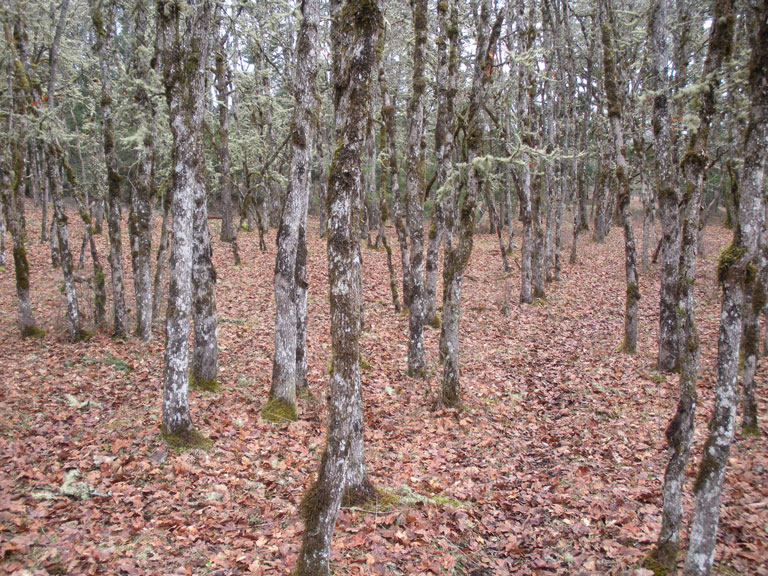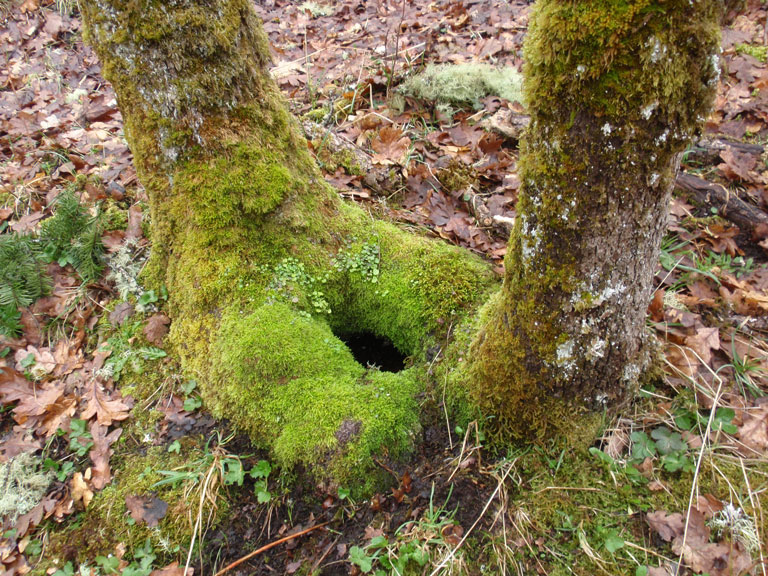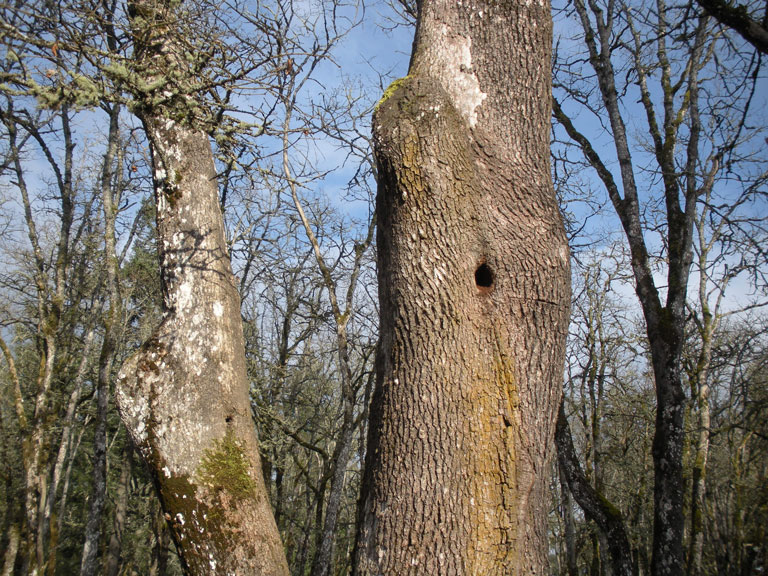
Unincorporated Thurston County Washington
The Biological and Habitat Assessment was used to review the proposed footprint of a proposed large residential development to determine whether the proposed action may affect threatened, endangered, priority, sensitive, or proposed candidate species and priority and critical habitats to include Oregon White Oak, Western Gray Squirrel, Rocky Mountain Elk, and Townsend’s Big Eared Bat.
The presence or absence of state priority and federal listed critical habitat and threatened, endangered, candidate, and sensitive species was undertaken by reviewing readily available Washington Department of Fish & Wildlife (WDFW) priority habitat and species PHS maps and reports, WDFW technical documents related to mapped and field observed species, WDFW state listed endangered, threatened, or sensitive species, and by reviewing the Threatened and Endangered Species list by County Report published by the U.S. Fish & Wildlife Environmental Conservation Online System.
The wildlife, priority habitat, and tree inventories were completed on 279 acres of native woodland and grassland covered with extensive stands of Oregon White Oak mixed with Douglas fir, pacific madrone, big leaf maple, western red cedar and western hemlock. Inventoried diameter at breast height, tree height, health, crown shape, understory vegetation, heritage, cavity, den, perch, runner log, nest, vegetation encroachment, soil type, wetland, and amphibian / reptile water sources were collected from 88 test plots on over 6,000 individual trees.
The investigation evaluated the likely impact (effects) that the proposed development may have on the natural environment and to the subpopulation of the identified and listed local, state, and federal priority, listed threatened and endangered habitats and species. The analysis was directed at determining how a proposed environmental disturbance (residential development) would affect (change or perturb) receptors and environmental resources on a resource-by-resource basis. The study determined the likely temporary and permanent effects of the proposed action to include direct, indirect, cumulative, interrelated, and independent effects. The action, as proposed, was determined likely to adversely affect and may negatively impact a protected species’ habitat, resources, or general survival of the following priority habitat and species: Oregon White Oak. The project was therefore canceled and the forest remains intact.

